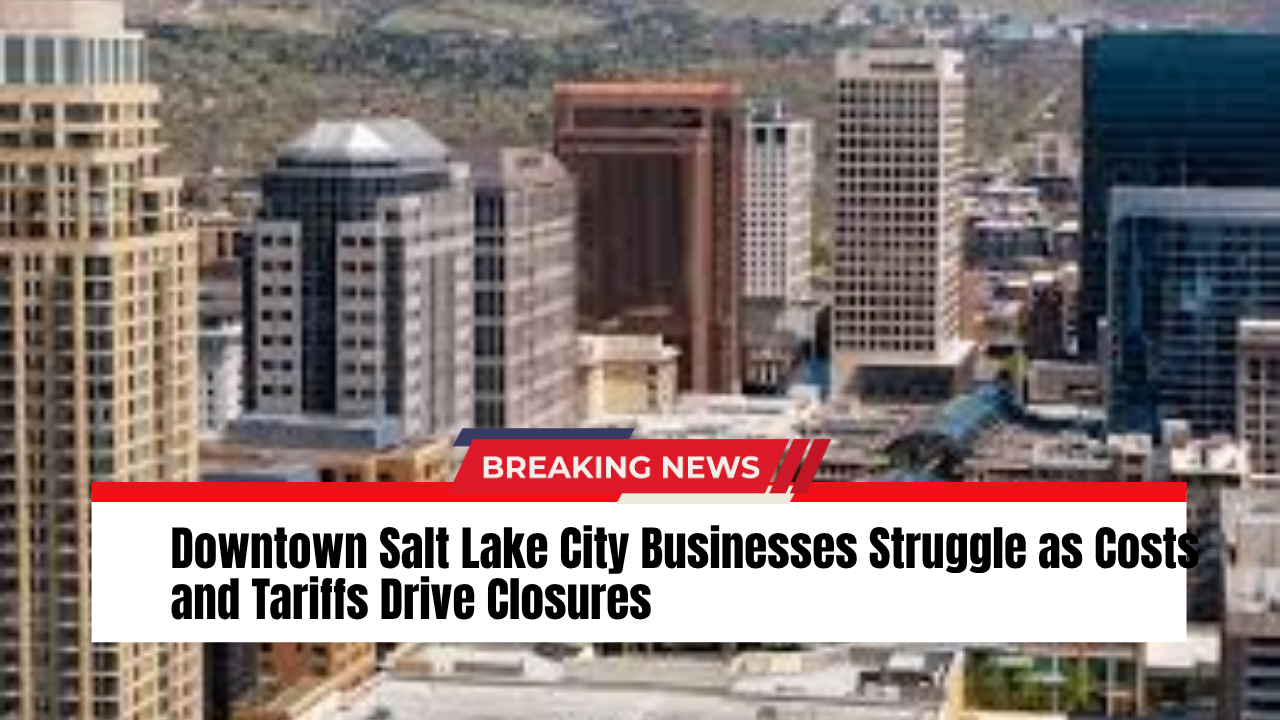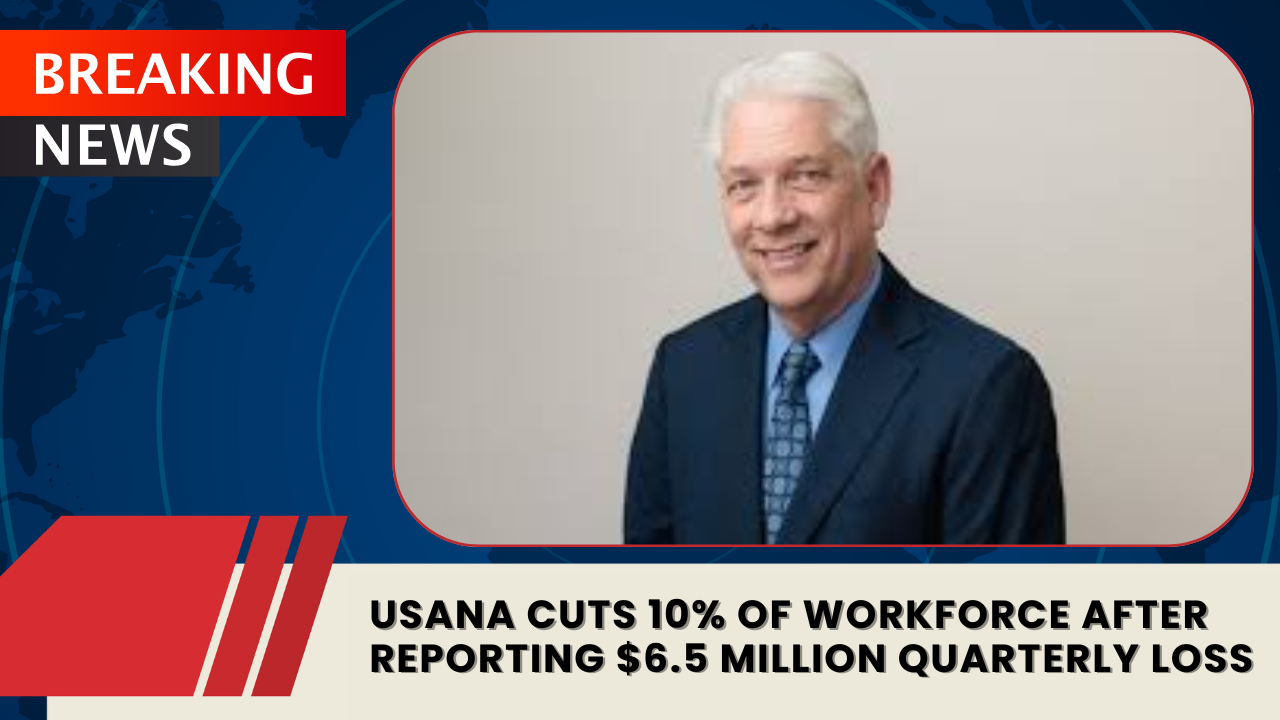Several downtown Salt Lake City businesses have shut their doors in recent months, victims of rising costs, global tariffs, and a slowdown in local spending. What once was a lively restaurant scene filled with bright signage and packed tables now shows a few more “closed” notices than locals are used to seeing.
Inflation and Tariffs Take a Toll
Among those hardest hit is Laziz Kitchen, a local favorite founded by Derek Kitchen in 2016. The Mediterranean restaurant once operated three locations — in Millcreek, downtown Salt Lake City, and along 900 South — but has been forced to downsize amid mounting financial strain.
“Restaurants are tough, even in the best of times,” Kitchen said. “We import a lot of ingredients — pomegranate molasses, specialty oils, even the aluminum for takeout containers. Inflation already hurt us, but tariffs really brought us to our knees.”
The restaurant’s 900 South location will remain open, while the downtown and Millcreek sites have closed. Kitchen said the combination of higher import prices, construction disruptions downtown, and slower customer turnout made it impossible to sustain multiple sites.
Rising Costs Hit Local Bakers Too
It’s not just sit-down restaurants feeling the pinch. Chubby Baker, known for its colorful donuts and pastries, announced that all three of its locations will close, with the last day of operation set for November 9.
“Costs of goods have gone up about 35%, and payroll has gone up around 39%,” owner Ying Nance said. “We make everything from scratch — that’s what sets us apart — but that also means more labor, and we just can’t keep up.”
Nance’s story reflects a broader trend among local eateries and bakeries: small businesses that pride themselves on handcrafted food are finding it increasingly difficult to absorb higher operating costs without raising prices beyond what customers will pay.
Restaurant Industry Feels the Squeeze
The Salt Lake Area Restaurant Association says it’s hearing the same worries from dozens of owners. Executive Director Michelle Corigliano said the cost of food, supplies, and utilities continues to climb, mirroring trends consumers are seeing at grocery stores.
“Just in recent months, businesses are seeing a nosedive,” Corigliano said. “People are getting laid off or furloughed. They’re nervous about spending. Folks are still going out, but not as often — and that’s hitting independent restaurants the hardest.”
She said the organization is urging residents to support local dining ahead of the holiday season, when restaurants rely heavily on higher traffic to stay afloat.
Finding Gratitude in Hard Times
Despite the challenges, Kitchen says his team remains thankful for the community’s loyalty.
“Our hope is that while it’s heartbreaking to close one restaurant, we’re proud of what we’ve built,” he said. “Now we’re doubling down on our roots, cutting costs, and getting back to what makes us who we are.”
A Wave of Closures
Other recent restaurant closures in the Salt Lake area underscore how widespread the issue has become:
- Current Fish & Oyster and Undercurrent both closed on November 8.
- Pizza Bar shut down on September 27.
- Tandoor Indian Grill’s Millcreek location closed on September 28.
The closures come as city leaders work to revive downtown foot traffic, which has lagged since the pandemic. But for many small restaurant owners, the financial pressures of 2025 — from rising wages to import tariffs — are proving difficult to overcome.
Still, business leaders like Corigliano remain hopeful that local support can help slow the trend. “These restaurants are part of what makes Salt Lake City special,” she said. “If we lose them, we lose a piece of our community.”



